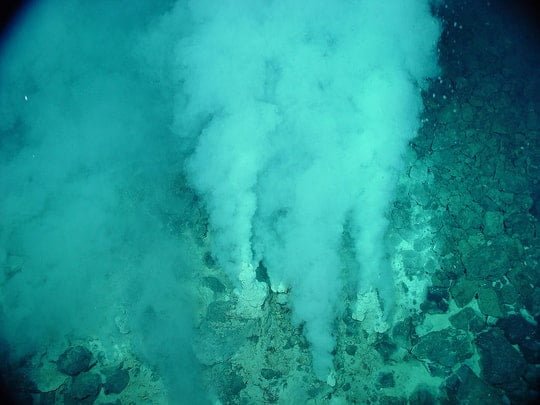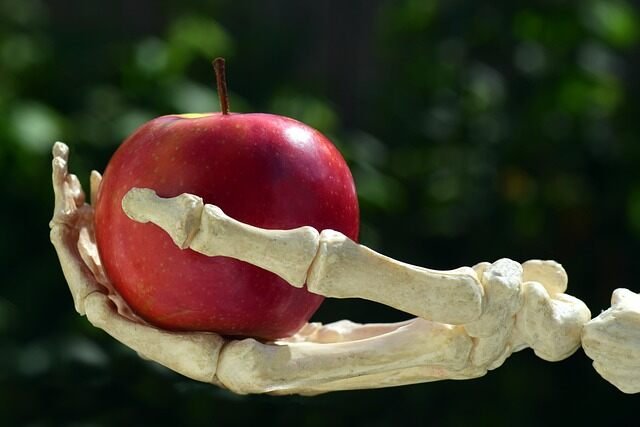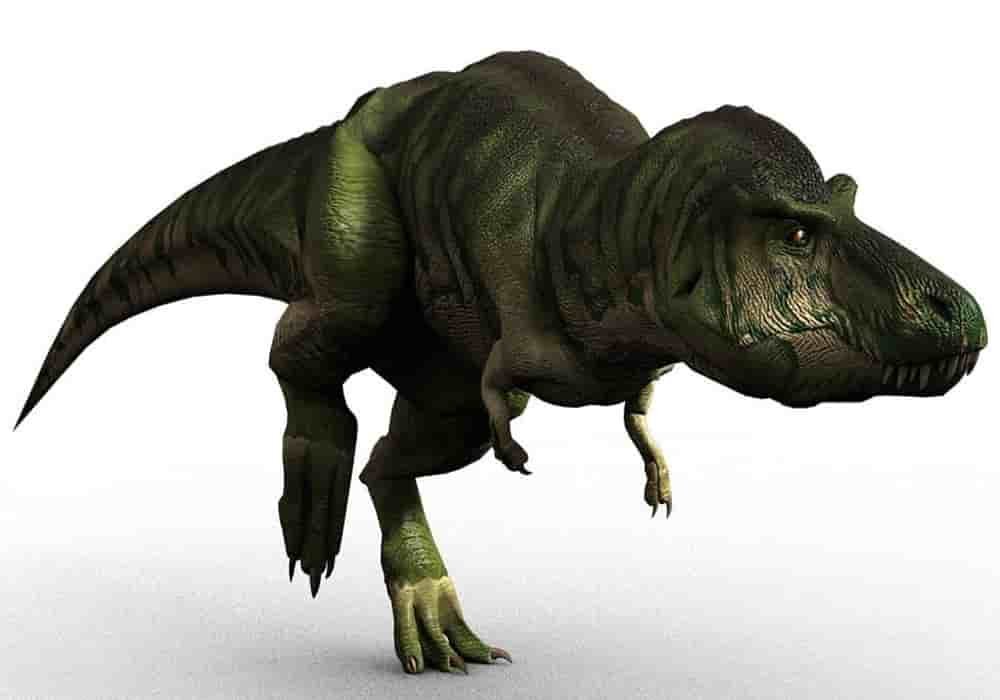The Origin of Life
The origin of life on Earth remains uncertain. The oldest fossil microorganisms observed are dated at least 3.5 Ga (billion years ago) during the Paleoarchean.
Life, in the form of simple unicellular beings, surely existed 3.5 billion years ago, since fossils have been discovered in rocks dating from this period (in particular stromatolites, limestone buildings built by colonies of bacteria. ). However, it must have existed earlier, as early as – 3.8 billion years ago, as the chemistry of the carbon-rich compounds found in rocks of this age seem to indicate.
Terrestrial life takes the form of cells: these are the basic units of the living world. Isolated from the outside by a membrane, these are made up of very complex molecules in solution in water. These molecules are mainly made up of carbon, nitrogen, hydrogen and oxygen.
A study published in 2015 on carbon inclusions considered to be of organic origin assigns them an age of 4.1 billion years1 and more recently submarine water-repellent precipitates found in ferruginous sedimentary rocks of the greenstone belt of Nuvvuagittuq (Quebec) were interpreted as possible traces of life (filamentous organisms) at least 3.77 billion years ago and possibly 4.28 billion years ago. If their biological origin is confirmed, life could therefore have appeared from the Hadean.
This question, which has intrigued researchers since the dawn of time, has given rise to a branch of life sciences and cosmochemistry, abiogenesis.
A definition of life
A living being is distinguished from the inanimate by the fact that it is able to reproduce without external help and to evolve (this definition excludes from the living viruses which do not reproduce without external help and minerals which do not evolve. not). In order to reproduce, the living being must be able to carry out a certain number of chemical reactions which constitute the metabolism.
Further reading: Biology Studies and Branches (Fields of Biology)
What is Abiogenesis ?
Abiogenesis or biopoiesis is the study of how biological life can arise from inorganic matter through natural processes. In particular, this term usually refers to the process by which life on Earth emerged. Abiogenesis is thought to have occurred in the early Eoarkean period or about 4 to 3.5 billion years ago.
Spontaneous formation (Generatio Spontanea)
Generatio Spontanea aka classical abiogenesis was first formulated thoroughly by Aristotle. In his book, Historia Animalium, Aristotle states:
“Now there is one animal characteristic which is the same as plants. Because some plants are produced by plant seeds, while other plants emerge by themselves from the formation of an elemental principle that resembles seeds; and there are also plants of this second type that absorb nutrients from the soil and some are growing in other plants as described in my tract on Botany. So some animals are born by the same parent animal, while others grow spontaneously and not from the same kind. ”
and provide examples in the book:
“Eels are not produced through sexual intercourse, nor are they oviparous. There has never been an eel that has been caught that has either sperm or egg fluid; never has an eel been found that has either a channel or an oviduct. . This is absolutely clarified by the following: in a certain swampy puddle, after all the water is removed and the mud is drained, the eels reappear after the rain falls. ”
Spontaneous formation and proof that the theory of spontaneous generation is wrong
Until the 19th century many scientists like the ancient Greeks believed that living matter could spontaneously emerge from non-living matter – a process called generation spontaneously. Aristotle proposed that a living thing could come from completely different organisms or from the soil.
Variations of the concept of spontaneous generation still existed until the end of the 17th century, but towards the end of that century, a number of observations and arguments against this view were taking shape. The progress of this science is being challenged especially by those who still believe in the theory of abiogenesis.
Francesco Redi, an Italian physician, proved in 1668 that the higher forms of life did not arise spontaneously, but abiogenesisists said that did not apply to microbes and continued to maintain that microbes could arise spontaneously. Attempts to prove this abiogenesis theory wrong continued in the 19th century through observations and experiments by Franz Schulze and Theodor Schwann.
In 1745, John Needham put chicken stock soup into a glass jar, heated it to a boil, then cooled and let it sit for a while. It turned out that microbes appeared and this he considered evidence of spontaneous formation. However, in 1768, Lazzaro Spallanzani repeated Needham’s experiment, but pumped all the air out of the glass tube. There is no growth of any living thing.
In 1854, Heinrich Schröder (1810–1885) and Theodor von Dusch repeated Hermann von Helmholtz’s filtration experiments (Schröder did it again alone in 1859) and proved that particles of living matter can be separated from the air by filtering them through a cotton cloth.
In 1864, Louis Pasteur announced the results of his scientific experiments. In an experiment similar to that of Needham and Spallanzani, Pasteur proved that life cannot exist in places where life is not contaminated. Pasteur’s research results can be summarized in the phrase Omne vivum ex vivo, Latin for “all life comes from life”.
Photo credit: Wikimedia Commons



